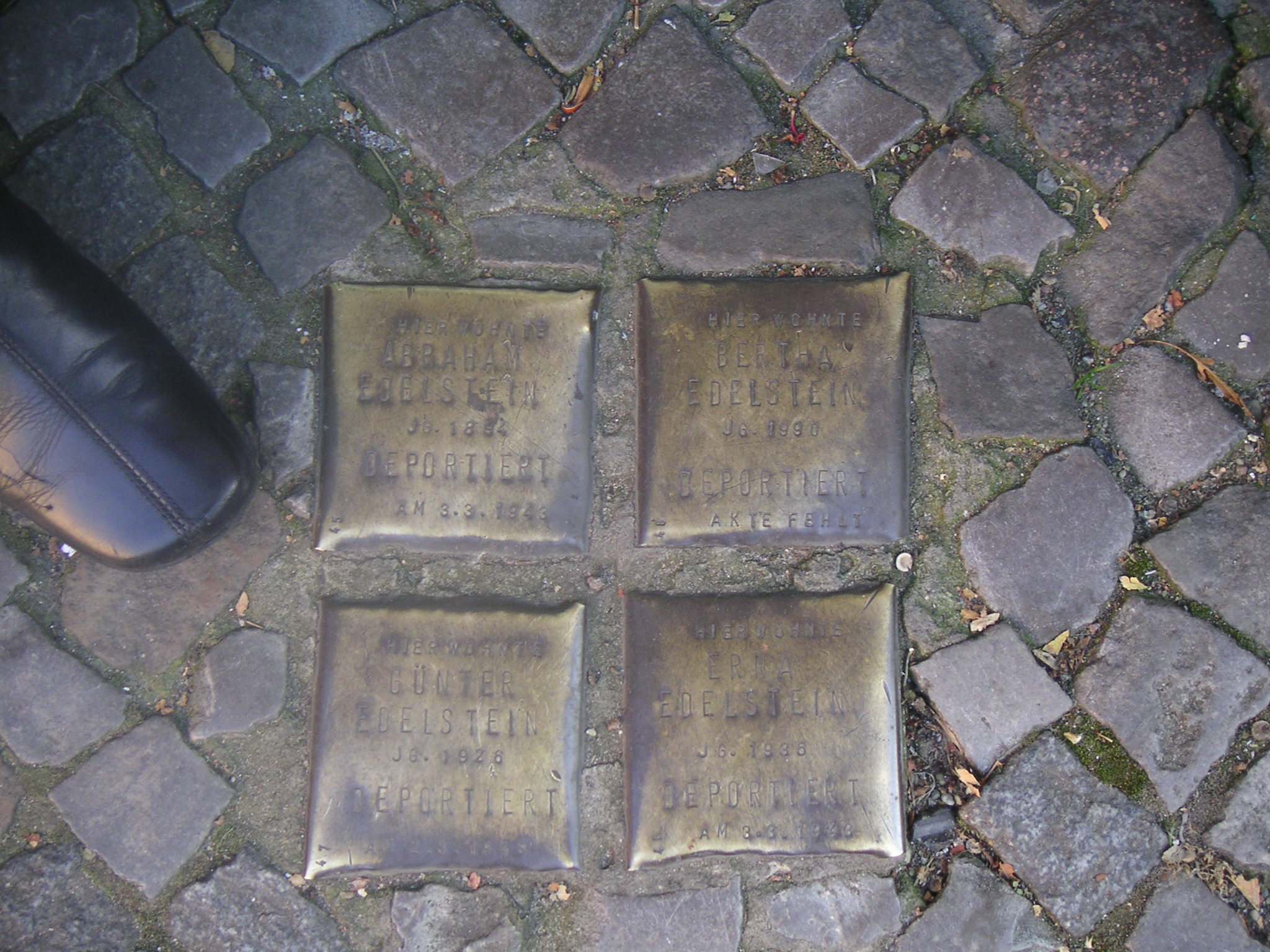How Do You Remember People Who Leave No Trace?
18 November 2012 - 10:19am
 The problem with the recording of past is that it is almost completely lost. Only the tinniest fraction of information survives the ravages of time. We might find brief glimpses of the past by finding a forgotten toy, a published book, a carefully preserved painting, a dropped arrowhead or a pot in a grave. We use these bits and pieces to try and create a shadowy image of the past but it will always be fragmentary at best. The vast majority people who lived (and their prized possessions) will never been seen or heard from again.
The problem with the recording of past is that it is almost completely lost. Only the tinniest fraction of information survives the ravages of time. We might find brief glimpses of the past by finding a forgotten toy, a published book, a carefully preserved painting, a dropped arrowhead or a pot in a grave. We use these bits and pieces to try and create a shadowy image of the past but it will always be fragmentary at best. The vast majority people who lived (and their prized possessions) will never been seen or heard from again.
As I excavate archaeological sites all over the world, I am often floored by this concept. We will never know most people in the past. We will never know their names. We will never know what they liked, what they hated, whom they loved and whom they lost. Nothing. They are gone and left nothing behind for us to see.
Except for one thing: us. The people of the past had children. Their children had children. And here we are today.
I often marvel at the many quirks of history that needed to occur in order to make me the person I am today. I owe my life to countless wars, deaths, immigrations, accidents, marriages, and births. Thousands of different people met and chose to be together. Countless others died before getting that chance. Thinking back on thousands of years of ancestors implies billions of specific events that had to happen at specific times. If these moments had occurred differently, other people would exist today but I might not. And this goes for every single human alive today or at any other point in history. We are a quirk of history. So many things had to happen, the fantastic and horrific and mundane, to make us who we are today.
Sometimes we can remember just by being. Just by existing.
This is an important time of year because many people are focused on reflection. We need not limit our contemplation to the veterans of wars of the recent past. We owe our existence to millions of people who fought, won, loved and lost in pasts and in worlds we cannot completely comprehend. And they weren’t just soldiers. They were blacksmiths, field laborers and teachers. They were storytellers, tinkers and weavers. They were farmers, engineers and politicians. They were mothers, fathers and children. They deserve our gratitude. They deserve our thanks, even though we will never know their names.
Archaeology can sometimes be seen as investigating history without people. We like to analyze pottery shards, investigate trade routes, and replicate flint knapping techniques. We like knowing key dates and important milestones. We can lose a sense of the people who lived in the past, while we quantify its remnants.
How do you remember people who leave no trace? By living. By being the best person you can be, knowing that you owe your life to so many.
It is worth thinking about.
How do you make your students aware of the partiality of history and encourage them to become attune to the traces of the past around them?
Photo: Gunter Demnig's Stolpersteine, or "stumbling blocks". Each brass plaque is inscribed with the names of victims of the Holocaust and encased into the sidewalk in front of their last place of residence. Demnig has installed over 30,000 stolpersteine, and they are often commisioned by schools and community members. Townspeople across Europe "stumble upon" and confront the name of a victim, encouraging them to dig deeper into their city's past. Berlin, editor's photo.

